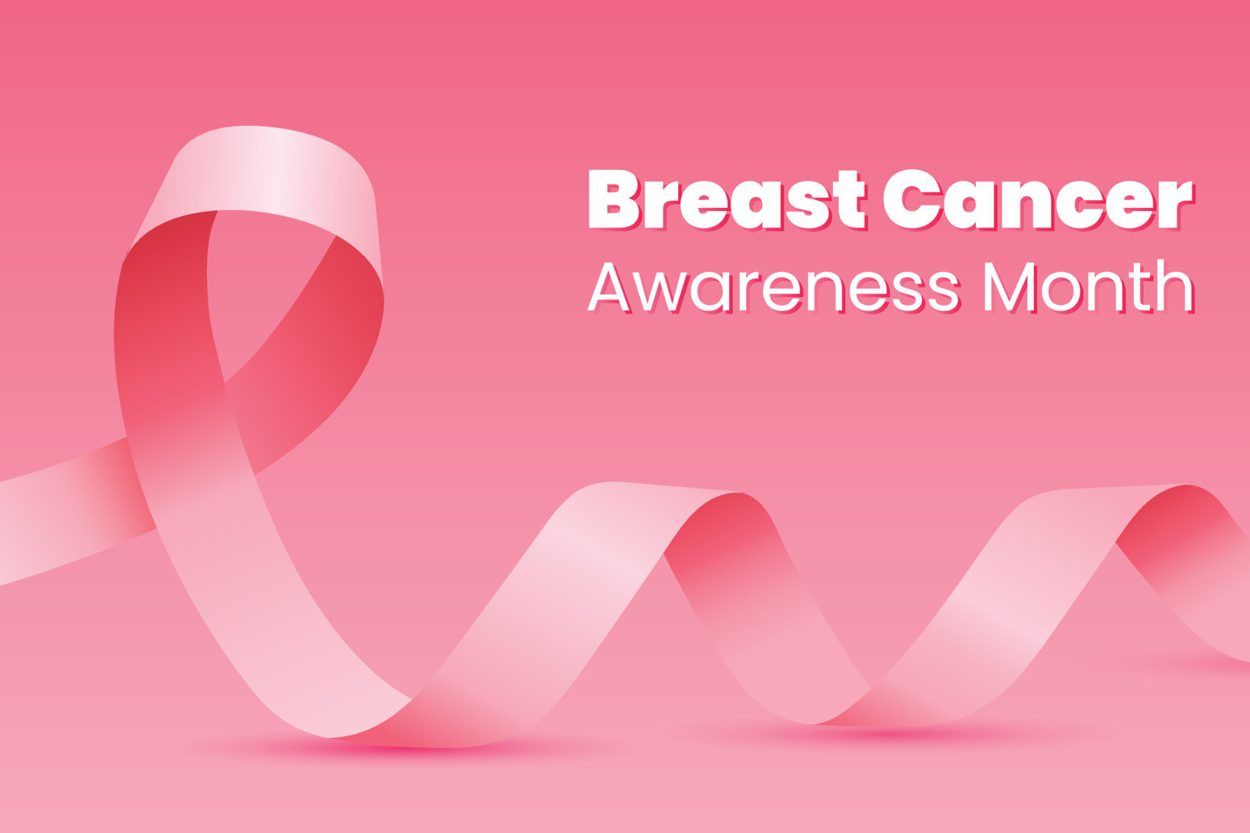Understanding Breast Cancer
At the Pennsylvania Cancer & Research Institute, we are dedicated to advancing our understanding of breast cancer and providing comprehensive care to our patients. We encourage open communication between patients and healthcare providers to make informed decisions about treatment plans. Remember, you are not alone on this journey, and we are here to support you every step of the way. Your health and well-being are our top priorities.
What is Breast Cancer?
Breast cancer originates from the uncontrolled growth of cells in the breast tissue. There are several different types of breast cancer, each determined by the specific cells that become cancerous. The breast consists of three primary parts: lobules, ducts, and connective tissue. The majority of breast cancers develop within the ducts or lobules.
Understanding the Causes:
Breast cancer develops due to genetic changes occurring within breast cells. These changes alter the typical pattern of cell growth and division, leading to the formation of cancerous cells. While certain factors increase the likelihood of developing breast cancer, such as aging, alcohol use, and genetic mutations, the precise causes of breast cancer are still under investigation by medical experts and scientists.
Recognizing the Symptoms:
Being aware of the symptoms of breast cancer is crucial for early detection and prompt treatment. If you experience any of the following symptoms, make an appointment with your healthcare provider for a thorough examination:
- A breast lump or thickening
- Changes in breast size or shape
- Alterations in the appearance of the nipples
- Changes in breast color or texture
- Unexplained breast pain
- Skin changes, such as redness or swelling
- Nipple discharge other than breast milk
- Lumps or nodes felt within the breast
Stages of Breast Cancer:
Breast cancer is categorized into stages to determine the extent of its spread. These stages are crucial in guiding the selection of appropriate treatments. The American Joint Committee on Cancer (AJCC) classifies breast cancer into four stages:
Stage 0: Non-invasive breast cancers with no evidence of spreading.
Stage I: Cancer has invaded surrounding tissues.
Stages II & III: Cancer has spread to lymph nodes and nearby tissues.
Stage IV: Cancer has spread to distant parts of the body.
Treatment Options:
Breast cancer treatment options vary depending on factors like the stage and type of cancer. Treatment may include chemotherapy, hormonal therapy, radiation therapy, and/or surgery. These treatments can be administered individually or in combination, tailored to your specific needs. When deciding on a treatment plan, it's essential to consider your age, overall health, cancer stage, and potential side effects.


